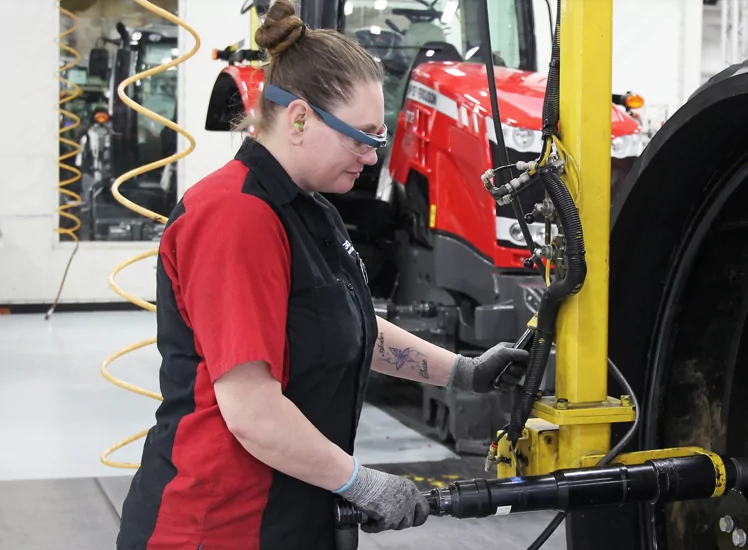Google Glass 2 Supports Augmented Reality Training

Google Glass 2 Targets Workers
Over the past two years, eLeaP has published several posts on how augmented reality (AR) will soon transform workplace training. As most of these posts have also noted, however, we have yet to find the equipment needed to truly usher in an era of AR-based training. This week, Google announced that despite abandoning Google Glass in 2015, it was rolling out a new version of Glass and this time, it was targeting workers, specifically workers who need to be hands-free on the job. Today’s post examines how AR-based learning will get a huge boost with Google Glass 2 now on the market.

The Enterprise Edition
First, what makes Google Glass 2 so different from the Google Glass that Google abandoned only two years ago? The major upgrades include a better camera (with resolution upgraded to 8 megapixels), extended battery life, faster Wi-Fi, and a light that turns on when one is recording video. The electronics of Glass have also been improved and taken a modular form. The so-called “Glass Pod” can be detached and reattached to Glass-compatible frames, including safety googles. While the specs on these new specs are important, Steven Levy of WIRED Magazine may have captured the difference best:
The difference between the original Glass and the Enterprise edition could be summarized neatly by two images. The first is the iconic photo of Brin alongside designer Diane von Furstenberg at a fashion show, both wearing the tell-tale wraparound headband with display stub. The second image is what I saw at the factory where Erickson works, just above the Iowa state line and 90 miles from Sioux Falls, South Dakota. Workers at each station on the tractor assembly line—sporting eyewear that doesn’t look much different from the safety frames required by OSHA—begin their tasks by saying, “OK, Glass, Proceed.” When they go home, they leave their glasses behind.
Google Glass 2 and Workplace Training
Google Glass 2 will support workplace training and mainstream AR-based training on several levels.
- Glass 2 offers workers is a hands-free solution for “hands-on” workers. As Google puts it, “Glass intuitively fits into your workflow and helps you remain engaged and focused on high value work by removing distractions. A quick ‘OK Glass’ can activate the right application for you at any time.”
- Glass 2 will enable employees to access training materials anytime and anywhere and “images annotated with instructions, or quality assurance checklists that help you get the job done, safely, quickly and to a higher standard.”
- Glass 2 will enhance collaboration and connectivity: “Glass can connect you with coworkers in an instant, bringing expertise to right where you are. Invite others to ‘see what you see’ through a live video stream so you can collaborate and troubleshoot in real-time.”
Of course, with these features, there is no question that Glass 2 will also give employers heightened ability to see what their employees are doing (from their perspective), to track and evaluate their work, and as a result, to deliver training that is specifically geared to their strengths and weaknesses. In this way, Glass 2 may finally usher in an entirely new era of workplace training and evaluation.
Bring Google Glass 2 to Your Workplace
According to Google, there are already many workplaces (e.g., GE, Volkswagen, and McKinsey&Company) who are already using Google Glass 2 to perform a very wide range of tasks in the workplace. If you want to bring Google Glass 2 to your workplace, however, you’ll need to talk to a Glass Partner to get a cost estimate. Google’s partners include Augmedix, which bills itself as “a documentation automation platform powered by human experts and software that frees physicians from computer work and allows them to focus on what matters most: patient care” and Proceedix, which describe itself as a “Software-as-a-Service-based central platform to manage enterprise procedures, work instructions and inspections in an easy way, while making the remote execution paperless and mobile” among several other companies.
While Google Glass 2’s long-term traction is yet to be seen, so far, initial reports suggest that Glass 2 is receiving far more thumbs up than Glass 1 ever did and responding to a workplace training need. A recent Forrester Research report predicts that by 2015, over 14 million U.S. workers will use smart glasses, such as Glass 2, at work. If this is true, it seems likely that Glass 2 and likely many competitors are here to stay.